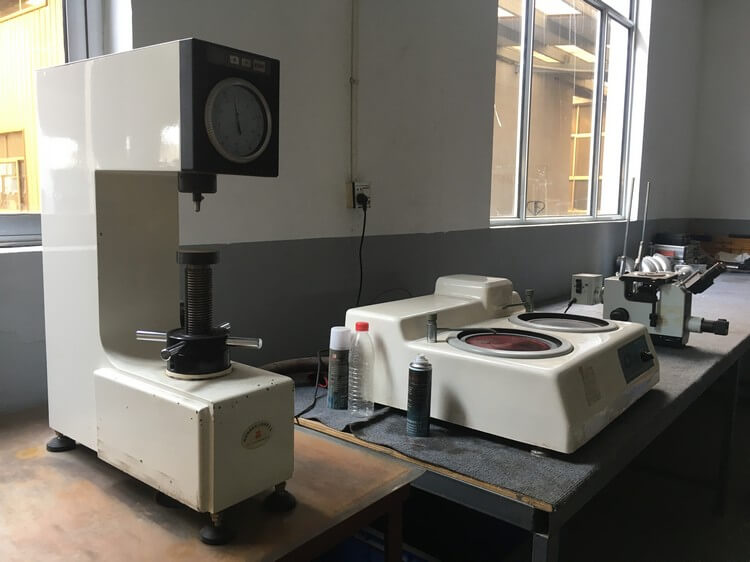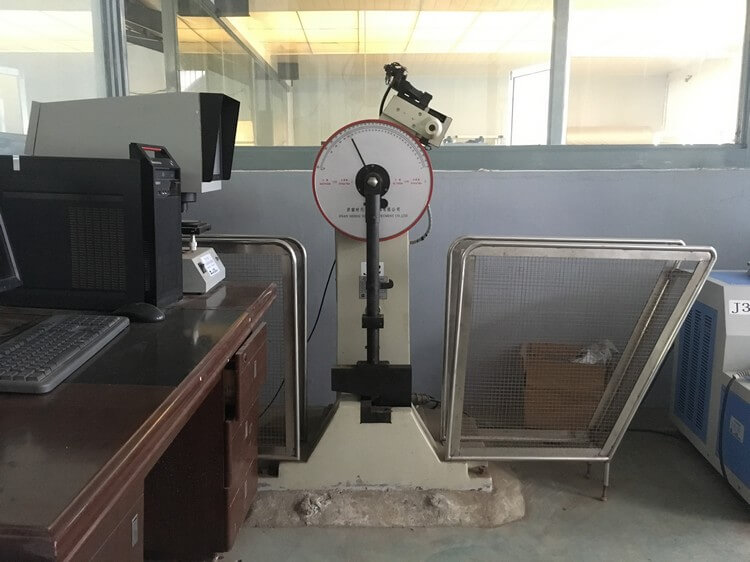Silica sol precision casting has poor shelling performance, which directly affects the production efficiency and surface quality of precision castings with complex structures. In the production of precision castings, some have complex structures, such as deep holes, blind holes, curved holes or narrow slots. Cavity parts, its post-processing is quite difficult.
1. Definition and determination of shelling performance
The shelling performance of the precision casting shell refers to the ability of the shell to detach from the surface of the casting after being treated by the shelling process when the molten metal is poured and cooled to room temperature. At present, the most widely used, most efficient and most economical first dehulling process in China is to use a “vibration sheller” to vibrate shells, and often use acid leaching, shot blasting, sand blasting, alkali blasting (boiling) and other auxiliary post-treatments. The process completely removes the residual shell and residual sand on the surface of the casting (mainly the inner cavity). The shelling performance of castings depends not only on the shelling performance of the shell itself, but also on the structural complexity of the casting itself and the equipment efficiency of the post-processing shelling process (such as the impact energy of the shell shaker, the efficiency of the shot blasting machine, etc.).
Many castings with complex structures cannot completely remove the residual shell and residual sand only by “vibration shelling”. Therefore, when comparing shelling properties, we should not only look at the “shock shell” efficiency, but also include the total ergonomics of other auxiliary shelling methods (shot blasting, sandblasting, etc.) to reasonably evaluate the shelling properties of the shell.
2. Ways to improve the shelling performance of the shell
Method 1: Use silica sol with lower SiO2 content to prepare coating For small cast steel (iron, copper) (≤0.1kg), use silica sol with ω(SiO2)=25% to prepare surface coating. In order to achieve the purpose of improving shelling without affecting the strength of the shell. Reducing the content of silica sol SiO2 in the coating will cause the σ residual of the mold to decrease, which will directly affect the normal and high temperature strength of the mold, and will also cause “flying fin” or “flow pattern” defects in the casting. Its production scope is small, limited to small or extra-small pieces, and this process is not very versatile.
Method 2: Add fused silica powder that accounts for 5% to 10% of the mass of zirconium powder in the surface layer zircon powder coating, or use “mixed quartz sand” instead of zircon sand as the sanding material for small and medium-sized surface layers to improve the mold shell. Shelling and breathability. This method has a certain influence on the surface quality of the casting, and often causes surface shell cracks. At present, it is only used in some small and medium-sized parts with less complex inner cavity, and its processability and quality stability are still not as good as that of zircon sand, but the risk of using it in the transition layer is much lower.
Method 3: Use fused silica sand powder to completely replace kaolinite sand powder in each layer of the shell, especially in the transition layer and the back layer, to improve the shelling, air permeability and dimensional accuracy of the casting. The overall strength of the full fused silica shell is about 20% lower than that of the typical shell combination, so the shell is damaged and broken during dewaxing, roasting or pouring. Although the shelling performance is very good, the quality risk is high and the cost performance is low, so it is difficult to popularize and apply.
Method 4: Add high polymer (polyvinyl alcohol) to the surface coating or use “quick-drying silica sol” to prepare the coating to improve the shelling property of the shell. Although the use of “quick-drying silica sol” has many advantages, the current high cost is still the biggest obstacle to its widespread promotion. The correct selection of quick-drying silica sol combined with refractory materials is an inevitable trend to improve the shelling performance of the shell in the future, and it is also the best shell combination, which has been continuously promoted and applied abroad.
At present, the most effective way to use ordinary silica sol to produce precision castings to improve the shelling performance of the shell is to use a “mixed coating” in the transition layer shell. Its biggest feature is that it does not reduce the overall strength of the shell too much, has a good effect of improving shelling, less cost increase, strong casting versatility, little impact on the surface quality of castings, and high cost performance.
